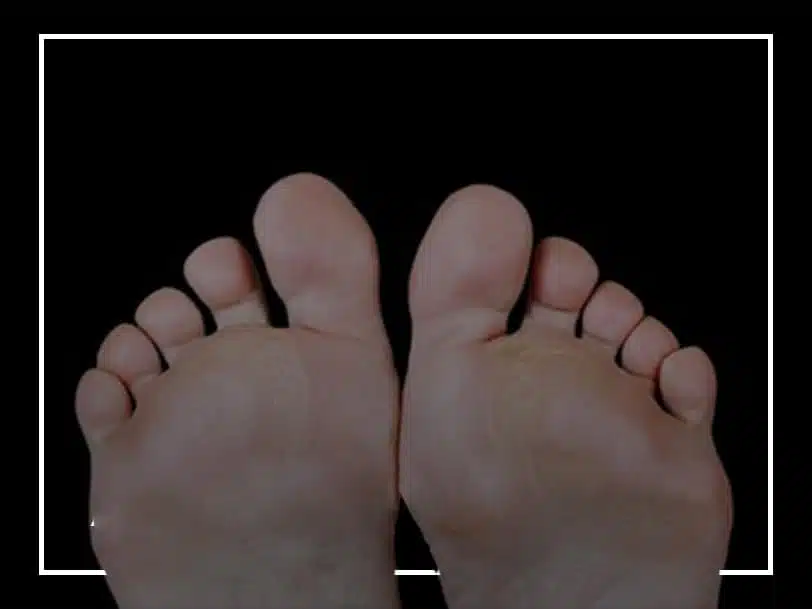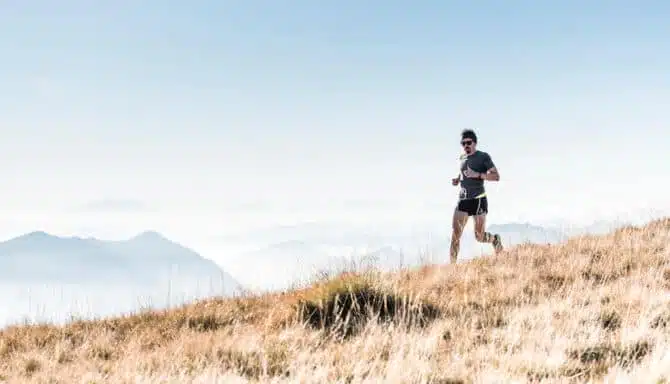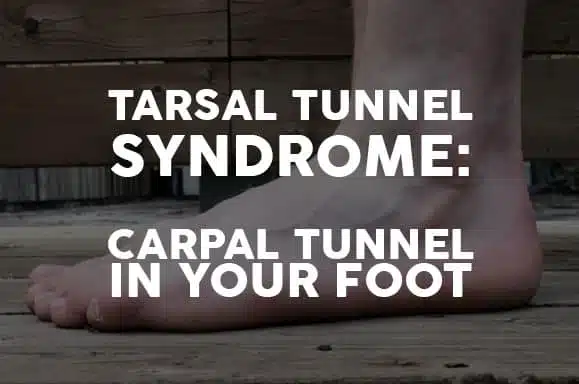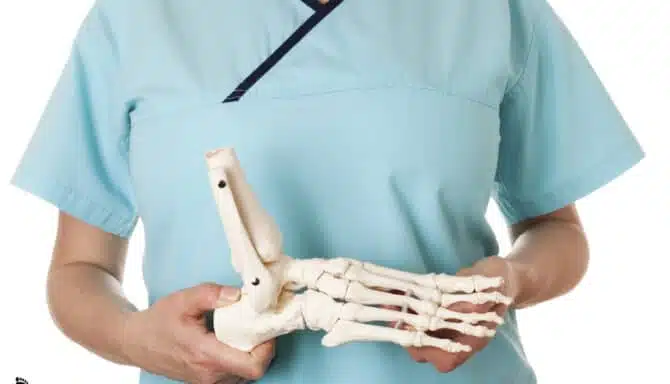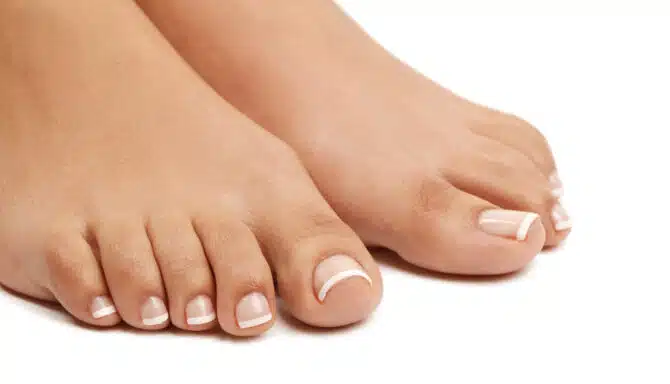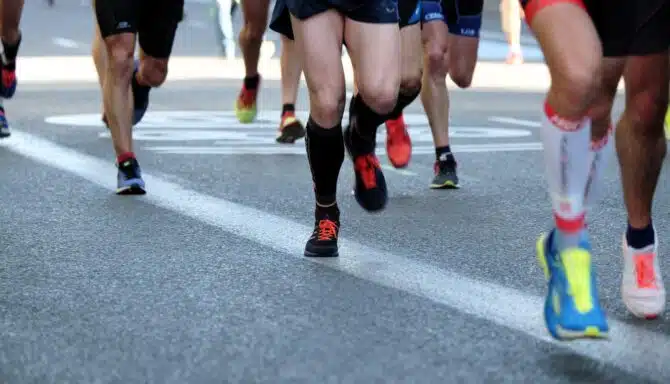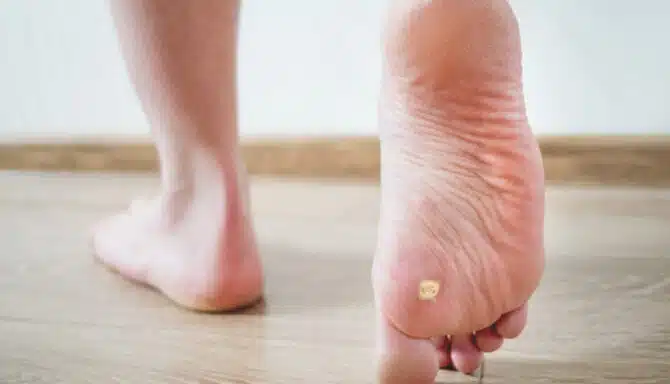Ask anyone and they’ve likely had Foot Calluses.
A callus is a common foot condition involving thickening of the skin. Prolonged rubbing causes calluses, in a similar manner as to how a Blister Forms. This is your body’s defence mechanism to prevent any additional damage to the area.
Runners, soccer players, and those who are barefoot may have calluses on the foot. Tennis players, gymnasts, weight lifters, and manual labourers may have calluses on their hands.
Calluses differ from corns since they’re less defined, and are often found in weight-bearing areas of the body including on your feet. Plus, calluses are often larger than corns, and evenly distributed whereas corns have a well-defined core.
Calluses can be yellow, white, or grey and can be accompanied by dry scaling skin and even fissures.
The question remains: are calluses good or bad?
The Good
Calluses are our body’s natural response to repetitive use to an area of the body.
For runners, calluses can be seen as a badge of honour. Like black toenails, they’re a sign that you’ve been training hard, and are a sort of right of passage.
Often, calluses reduce pain in an area. Think of calluses as a piece of cushion on your feet. For this reason, they’re often called nature’s shoes.
Someone with calluses on their feet can walk across rougher land and be without pain. Tennis players with calluses on their hands may not feel the same type of pain as a first-time user. In these cases, the cushion calluses allow people to go past their normal pain threshold since calluses act as a shield.
Calluses can also reduce sensitivity. If you’re a trail runner, a callus on your foot may be able to withstand a bit more load and pain than without a callus. And since calluses form in areas of friction, a callus in that spot is even more important, since you’re prone there.
In this sense, calluses can be good.
The Bad
Too much of one thing can be bad.
According to the American Podiatric Medical Association, painful corns and calluses affect about 5% of people in the United States every year, and many people never seek professional help.
When calluses build up significantly, they can become painful. Especially when calluses are big, they can end up rubbing with your shoe and sock, and even detach from the live skin underneath. Then, painful blisters can form on the open patch. That right there is when the pain starts.
If you find your calluses are highly centralized to one location, that may be an indication of biomechanical deficiency. Generally, calluses cover a larger area and are not localized to one area of the foot.
Seeing a podiatrist can also help determine another factor which may cause calluses: your gait pattern. Custom orthotics may help, and reduce pressure to specific parts of your feet. Plus, a proper shoe-fitting helps you choose the right pair of footwear for your needs.
A pumice stone’s sandpaper-like texture can reduce a callus, but it may not provide enough grit to treat painful calluses. Don’t use anything sharp, like a knife to try to cut the callus away. Consult a medical professional in this case and avoid DIY.
According to Harvard Health Publishing, follow these procedures to safely scrub away a callus:
- Soak your feet in warm water first, to soften the callus
- Dry your feet, then rub the pumice stone gently over the corn or callus
- Afterwards, moisturize the area with skin lotion.
In fact, removing a portion of the callus can be done safely. Scrubbing away a portion of the callus can be aesthetically satisfying while maintaining the integrity of the callus. Plus, scrubbing down a callus regularly prevents it from getting too large. A callus that cracks, as a result of being enlarged, is prone to infection.
In this case, calluses may be bad.
Continue reading: How to Manage Foot Calluses.
We Can Help!
Whether you’re on the mild or severe side of the callus spectrum, you can rest easy knowing we’re able and happy to solve all your foot care needs.
Call us at 416-769-3338 to Book Your Assessment Today!
